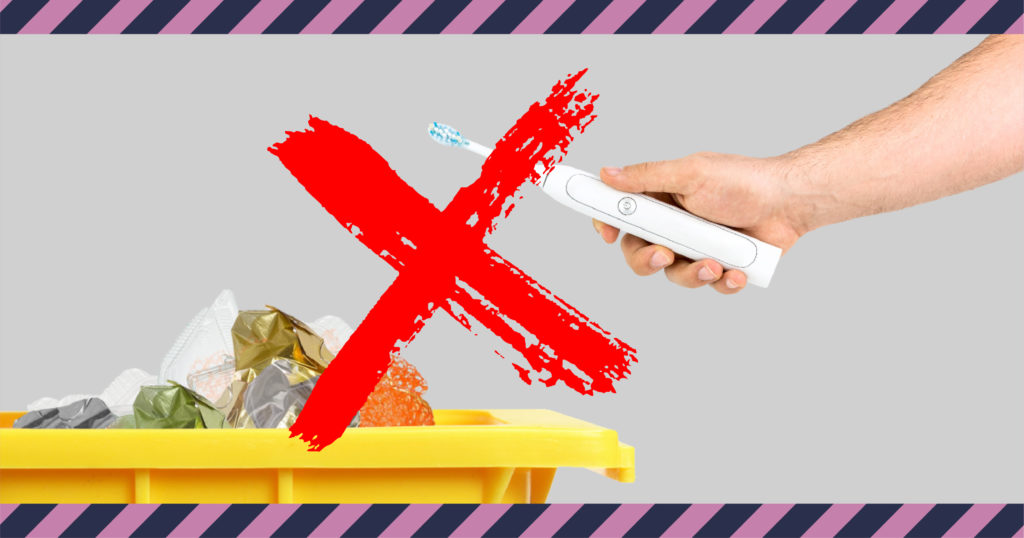‘Zombie accumulators’ pose a risk to people and need to be disposed of responsibly

Modern devices are typically powered by lithium-ion accumulators, which can store a lot of energy in a small amount of space, making them highly efficient. However, lithium-ion accumulators can start fires if they are not used and disposed of correctly. To try and prevent accidents, Paristokierrätys has once again launched its ‘Zombie accumulator’ campaign.
Liisa-Marie Stenbäck, the CEO of Recser Oy, which organises the recycling of batteries in Finland, explains that the campaign was created in response to concerns about accidents caused by incorrectly disposed of accumulators. These concerns are shared by waste management companies, as a waste accumulator can start a fire at any stage of the recycling process, including when it is taken to the bin or collected by refuse collectors.
“This is a topic that needs more attention as the number of accumulators in circulation is increasing rapidly due to the digitalisation of our society,” Stenbäck says. According to Stenbäck, there may be up to 100 batteries and accumulators in an average household.
Disposal of batteries and accumulators with packaging waste is always risky
This autumn, the Zombie accumulator campaign is being backed by packaging industry representatives Sumi Oy and Finnish Packaging Producers Ltd. Zombie accumulators are still a consideration when it comes to recycling because accumulators are still incorrectly disposed of with packaging waste.
“If a zombie accumulator is surrounded by flammable materials, such as packaging waste, a fire can spread out of control very quickly,” Stenbäck explains. Burning accumulators also produce toxic gases. In other words, fires caused by accumulators not only pose a risk to people but can potentially destroy recyclable packaging waste.
This autumn, the campaign is highlighting reasons why accumulators may be accidently disposed of among waste such as plastic containers. When people dispose of waste, they may not consider that certain plastic items, such as toys, may contain batteries. Some people may also not know that plastic products should not be disposed of with plastic container waste.
“Accident and incident statistics show that, unfortunately, more and more accumulators and accumulator-powered devices are being incorrectly disposed of as household waste, including packaging waste,” Stenbäck says.
Correctly disposing of accumulators is easy
So, what is the correct way to dispose of accumulators?
“When a device is ready to be disposed of, the first thing you should do is remove the accumulator, if it can be removed. The terminals should be taped and the accumulator taken to a designated recycling point as soon as possible,” Stenbäck explains.
Stenbäck also urges people to think about devices they own that may be battery powered. “More and more electronic devices are ‘invisible’, meaning that you wouldn’t be able to tell that they are battery powered.” Such products include vapes, electronic toothbrushes and light-up Christmas jumpers.
“A single accumulator can cause a major incident, so the actions and decisions of individuals can have significant consequences,” Stenbäck says.